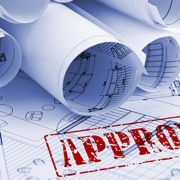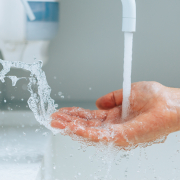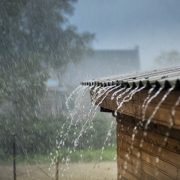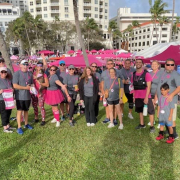While sitting on your back porch on a hot summer day sipping a cold glass of sweet tea…don’t be surprised if you see a gator sunning himself on the bank of your community’s pond.
Living next to a canal or stormwater pond has a hazard some residents may not be aware of. Drainage canals and ponds are abundant with wildlife even in urbanized areas. Residents may encounter various species living in and around these water bodies. Most of the animals are harmless. Some can become a nuisance to residents like Muscovy ducks, raccoons and iguanas. However, some animals are dangerous and even life-threatening like alligators.
The Alligator is a particularly dangerous animal in a residential area. An estimated 1.3 million alligators inhabit all 67 counties in Florida and can be found anywhere there is standing water. While alligators and people usually coexist peacefully, there have been recorded attacks and occasional fatalities. The key to staying safe is being alert to the possibility of an alligator’s presence.
Be cautious and assume that drainage canals and ponds are home to alligators. Do not swim or wade in areas where alligators are likely to inhabit, especially at dusk or night when they naturally feed. It is important to keep children away from the water’s edge and do not allow family pets to swim or explore waters if you are unsure about the wildlife inhabiting the waterbody. Feeding alligators in Florida is illegal. When people feed alligators, they lose their natural fear of people and associate humans with food.
Generally, an alligator is deemed a nuisance if it is at least 4 feet in length and it poses a threat to people, pets or property. However, there are situations when smaller alligators wind up in places that are not acceptable, such as swimming pools, garages, etc., and must be removed. In these situations, residents can call the Florida Fish and Wildlife Conservation Commission – Nuisance Alligator Hotline, at 866-FWC-GATOR (866-392-4286).
Now that you know what to do if you encounter an alligator, sit back, enjoy the water view and sip some sweet tea.






